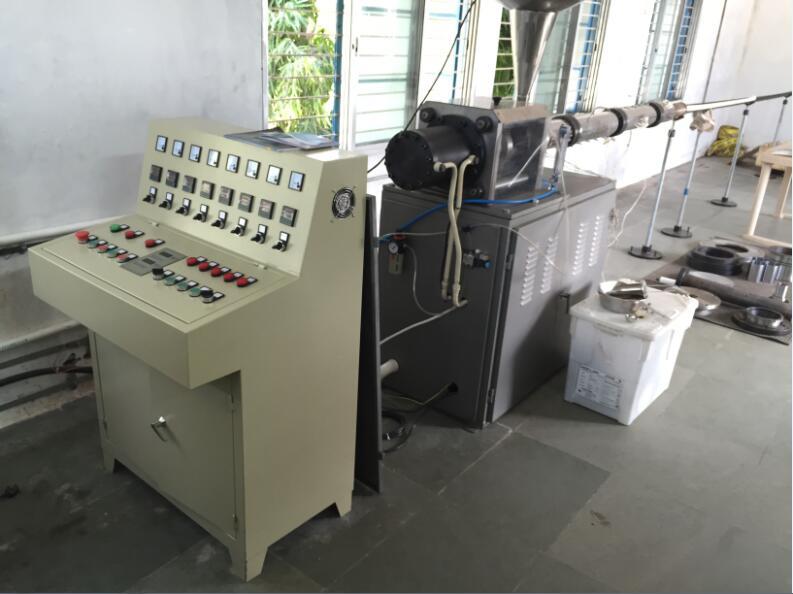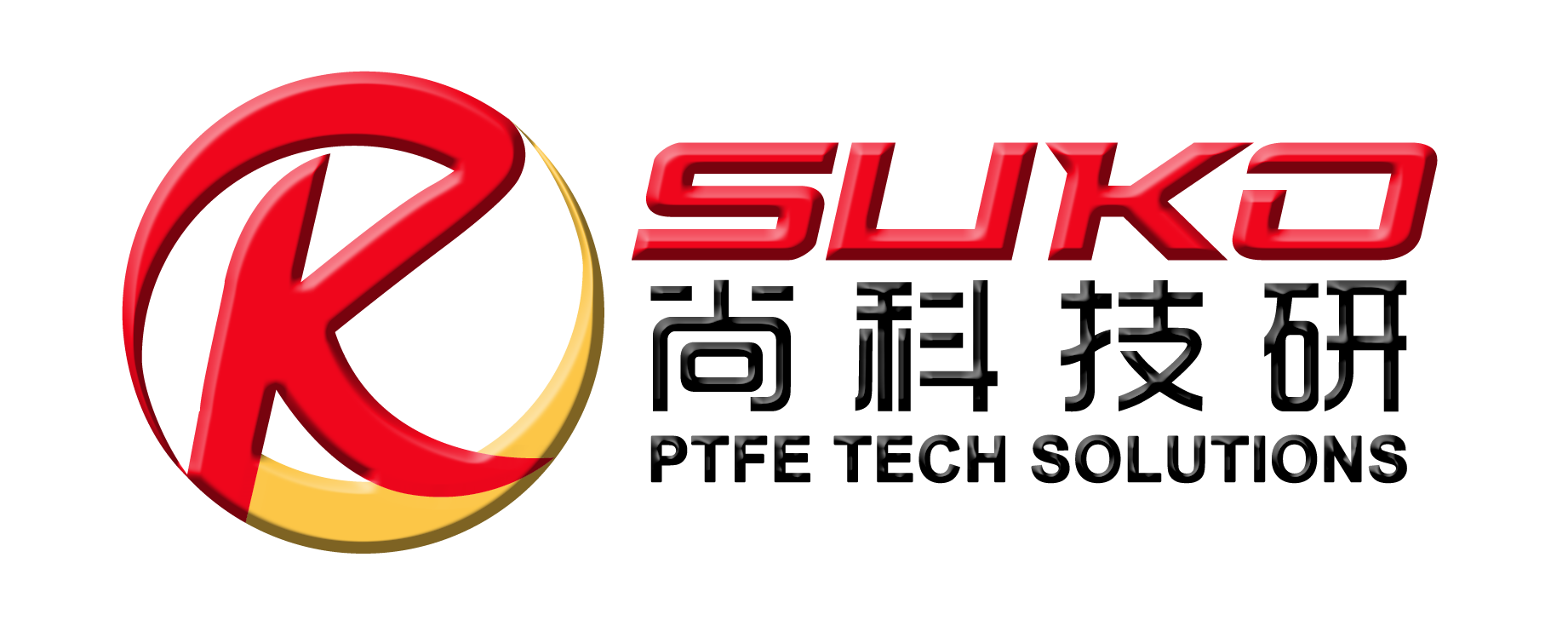Extrusion is a high volume manufacturing process. The plastic material is melted with the application of heat and extruded through die into a desired shape. A cylindrical rotating screw is placed inside the barrel which forces out molten plastic material through a die. The extruded material takes shape according to the cross-section of die.

Working Principle
In this process, plastic material in the form of pellets or granules is gravity fed from a top mounted hopper into the barrel. Additives such as colorants and ultraviolet inhibitors (liquid or pellet form) can be mixed in the hopper. The plastic material enters through the feed throat and comes into contact with the rotating screw. The rotating screw pushes the plastic beads forward into the barrel. The barrel is heated using the heating elements up to the melting temperature of the plastic. The heating elements are used in such ways that gradually increase the temperature of the barrel from the rear to the front. There are three possible zones in a rotating screw i.e. feed zone, melting zone, and metering zone. In the feed zone, the plastic beads melt gradually as they are pushed through the barrel. The plastic material is completely melted in the melting zone. A thermostat is used to maintain the inside temperature of the barrel. The overheating of plastics should be minimized which may cause degradation in the material properties. A cooling fan or water cooling system is used to maintain the temperature of the barrel during the process. At the front of the barrel, the molten plastic leaves the screw and travels through a screen pack to remove any contaminants in the molten plastic. The screens are reinforced by a breaker plate. The breaker plate assembly also serves to create back pressure in the barrel. The back pressure gives uniform melting and proper mixing of the molten plastic material into the barrel. After passing through the breaker plate, molten plastic enters into die. The die gives the desired shape of plastic product. An uneven flow of molten plastic would produce unwanted stresses in the plastic product. These stresses can cause warping after solidification of molten plastic. Plastics are very good thermal insulators and therefore it is very difficult to cool quickly. The plastic product is cooled by pulling through a set of cooling rolls.
Extrusion Process Parameters
There are five important process parameters to be considered before extrusion process:
- Melting temperature of plastic
- Speed of the screw
- Extrusion pressure required
- Types of die used
- Cooling medium
Screw Design:
The design of screw is important for plastic processing. It has mainly three different functions:namely, feeding mechanism; uniform melting and mixing of plastic and finally it generates thepress ure to push the molten material through die. A screw length (L) is referenced to its diameter (D) as L/D ratio. Generally, L/D ratio is used as 24:1, but for more mixing and output, it may increase up to 32:1. There are three possible zones in a screw length i.e. feed zone, melting zone,and metering zone.(a) Feed zone: In this zone, the resin is inserted from hopper into the barrel, and the channel depth is constant.(b) Melting zone: The plastic material is melted and the channel depth gets progressively smaller. It is also called the transition or compression zone. (c) Metering zone: The molten plastic is mixed at uniform temperature and pressure and forwarded through the die. The channel depth is constant throughout this zone.
Post time: Jan-10-2019

